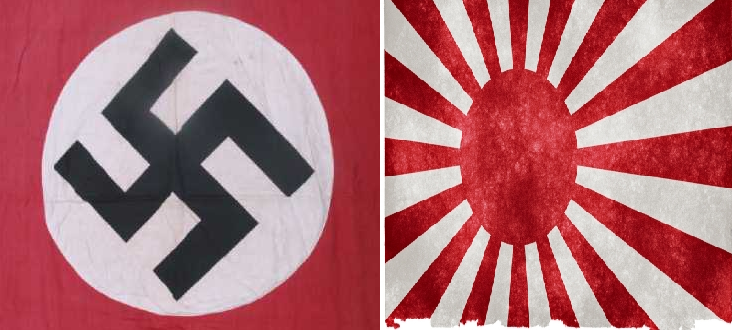Japanese Imperial Flag Meaning

The nisshōki flag is designated as the national flag in the act on national.
Japanese imperial flag meaning. It was adopted as the naval ensign in 1870. However its history goes back much further. In 607 ce an official correspondence that began with from the emperor of the rising sun was sent to chinese emperor yang of sui. They committed genocide keyword on an unimaginable scale.
The japanese flag represents the sun which has important religious and mythological significance in the country. In the west the rising sun flag is often associated with world war ii or the imperial japanese army. Japan is often referred to as the land of the. Land of the rising sun.
This flag is officially called nisshōki 日章旗 the flag of sun but is more commonly known in japan as hinomaru 日の丸 the circle of the sun it embodies the country s sobriquet. Further comparing the imperial flag to the flag of the third reich is ridiculous. The national flag of japan is a rectangular white banner bearing a crimson red disc at its center. According to the japanese vexillological association which academically conducts the study of flags beyond the realms of ideology this flag was designed for the japanese army in the early meiji.
The japanese archipelago is east of the asian mainland and is thus where the sun rises. The flag of japan and the rising sun had symbolic meaning since the early 7th century in the asuka period 538 710 ce. The third reich wanted to and almost did wipe out certain races ethnic groups and cultures. It has a red circle on a white background with sixteen red rays extending from the circle.
Local beliefs suggest that amaterasu the sun goddess is a direct ancestor of the emperors of japan. Meaning of the colors and symbols of the flag of japan.
















